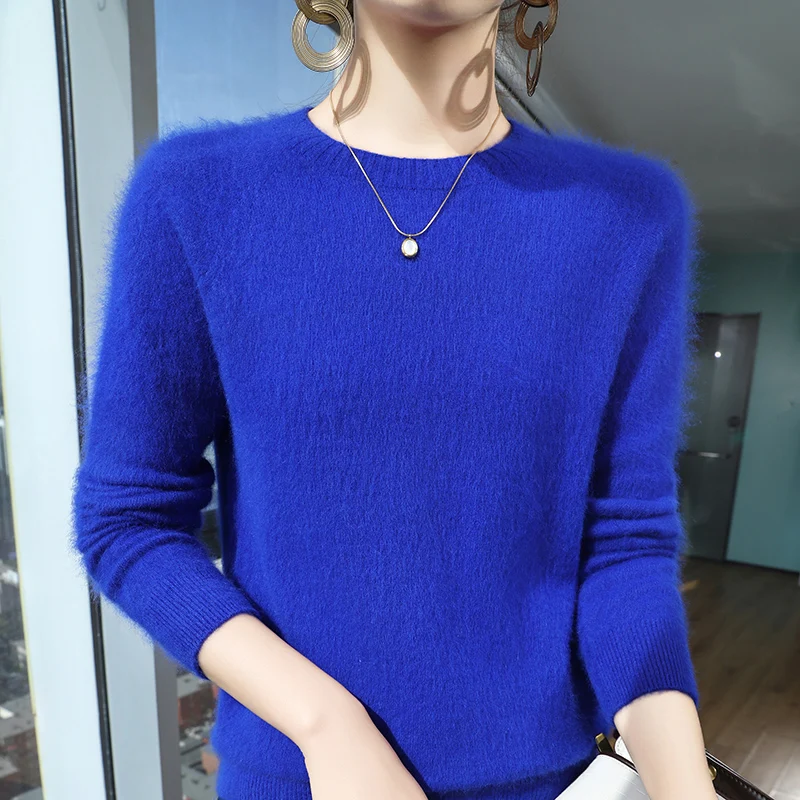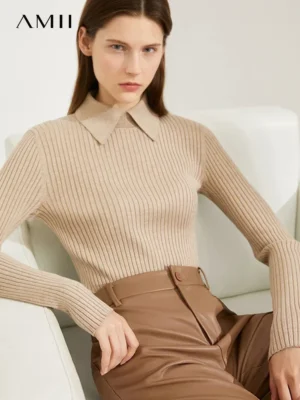Introduction: Understanding the 3-3-3 Wardrobe Rule
Ever stood in front of a closet bursting with clothes yet felt like you have “nothing to wear”? This common paradox affects many of us—the average American owns approximately 103 clothing items, yet decision fatigue around dressing is at an all-time high. Enter the 3-3-3 rule for wardrobes, a thoughtful approach to simplifying your closet and your daily decisions.
The 3-3-3 rule has two main interpretations. The primary one refers to Project 333, a minimalist fashion challenge where you select 33 items to wear for 3 months. The second, less common interpretation involves creating a mini-capsule wardrobe of just 3 tops, 3 bottoms, and 3 pairs of shoes.
Both approaches offer remarkable benefits: reduced morning stress, a clearer personal style, and more intentional consumption habits. Rather than chasing endless trends, these methods align perfectly with Estate Cloth’s philosophy that quality transcends quantity. When you invest in timeless pieces made from premium materials, you need fewer options to create a wardrobe that truly works for you.
The rising popularity of minimalist wardrobe approaches isn’t surprising in our overwhelmed consumer culture. By building cashmere capsule wardrobe elements and other quality pieces, you create a foundation that simplifies decisions while elevating your daily experience.
The Original 3-3-3 Rule: Project 333 Explained
Project 333 stands as the original and most recognized interpretation of the 3-3-3 rule. Created by Courtney Carver through her “Be More with Less” blog, this minimalist fashion challenge invites participants to dress with just 33 items for 3 months.
“Project 333 is not about suffering or going without,” explains Carver. “It’s about challenging yourself to live with less and discovering the benefits that come with simplicity.”
The challenge has grown exponentially since its inception, with thousands of participants worldwide embracing its core principles:
Official Project 333 Rules:
* Select 33 items including clothing, accessories, jewelry, and shoes
* Wear only these 33 items for 3 months
* Don’t count underwear, sleepwear, lounge wear, workout clothes, or special occasion items worn rarely
* Store away all other clothing items during the challenge
* No shopping for new clothing during the 3-month period
Unlike traditional capsule wardrobes that might focus solely on mix-and-match potential, Project 333 adds the element of time constraint. This temporal boundary forces participants to truly evaluate seasonal needs and versatility.
The challenge provides enough structure to be meaningful while offering enough flexibility to be practical for most lifestyles. It’s about intentional limitation rather than deprivation—a concept that resonates deeply with those seeking to create an essential guide cashmere capsule wardrobe or other quality-focused clothing collections.
The Alternative Interpretation: 3 Tops, 3 Bottoms, 3 Shoes
The second interpretation of the 3-3-3 rule takes a more compact approach: creating a micro-capsule with just 3 tops, 3 bottoms, and 3 pairs of shoes. This version originated as a travel packing method but has evolved into a short-term wardrobe challenge or reset strategy.
While Project 333 offers a comprehensive three-month lifestyle shift, this mini-capsule approach serves different purposes:
- Weekend getaways where packing light is essential
- Wardrobe “cleanse” periods to reset shopping habits
- Seasonal transition periods when you’re not ready to fully switch wardrobes
- Travel capsules that maximize outfit options while minimizing luggage
The mathematical magic of this approach is impressive: with just 9 items, you can create 27 distinct outfit combinations (3×3×3=27). This multiplication effect demonstrates how intentional selection can deliver variety without excess.
Here’s what a business trip mini-capsule might include:
* Tops: White button-down, neutral blouse, versatile sweater
* Bottoms: Black trousers, dark jeans, pencil skirt
* Shoes: Classic pumps, comfortable flats, ankle boots
The beauty of this interpretation lies in its accessibility—it’s less intimidating than a full Project 333 commitment while still delivering the core benefits of a minimalist approach.
The Philosophy Behind the 3-3-3 Wardrobe Approach
Beyond the practical aspects of clothes management, the 3-3-3 rule addresses deeper issues around consumption and personal identity. The approach offers several profound benefits:
1. Mental Clarity and Reduced Decision Fatigue
Research shows the average adult makes about 35,000 decisions daily. By eliminating endless wardrobe choices, you preserve mental energy for more important matters. This principle explains why many successful people adopt personal “uniforms” of simplified clothing options.
2. Mindful Consumption and Environmental Impact
The fashion industry produces 10% of global carbon emissions and is the second-largest consumer of water. By purchasing fewer, higher-quality items, you directly reduce your environmental footprint. Fast fashion’s disposable approach gives way to thoughtful acquisition.
3. Enhanced Creativity Through Constraints
Contrary to popular belief, unlimited options can actually stifle creativity. Working within constraints forces innovative thinking—mixing and matching limited pieces in new ways develops a stronger sense of personal style than constantly buying new items.
4. Financial Freedom
The average American household spends approximately $1,800 annually on clothing. By focusing on fewer, better pieces, you redistribute resources toward quality items that last longer and bring more satisfaction. This approach aligns perfectly with investing in luxury cashmere essentials minimal wardrobe pieces that transcend seasons and trends.
5. Identity Beyond Consumption
Perhaps most profoundly, the 3-3-3 approach challenges the notion that constant wardrobe refreshment is necessary for personal expression. It shifts focus from acquisition to appreciation and from quantity to quality.
This philosophical foundation makes the 3-3-3 rule more than just a closet organization method—it’s a recalibration of our relationship with material goods and self-expression.
How to Implement Project 333: Step-by-Step Guide
Ready to embrace Project 333? This comprehensive step-by-step guide will help you navigate the process smoothly:
1. Preparing for the Challenge
- Set personal goals: Define what you hope to achieve—less clutter, more intentional choices, breaking shopping habits, or discovering your personal style.
- Choose optimal timing: Beginning with a new season makes the transition more natural. Many start in January, April, July, or October.
- Gather supplies: You’ll need storage containers, garment bags for off-season items, and an inventory sheet to track your selections.
2. Conducting a Complete Wardrobe Audit
- Empty your entire closet—no shortcuts here. Seeing everything at once reveals true volume.
- Create four distinct piles:
- Keep (potential 33 items)
- Store (off-season or items to reconsider later)
- Donate (good condition but not serving you)
- Discard (worn out or damaged beyond repair)
- Be honest about what you actually wear versus what you keep “just in case.”
3. Selecting Your 33 Items
- Consider your lifestyle: Allocate items proportionally to how you spend your time (work, casual, exercise, special occasions).
- Create a cohesive color palette: Select 2-3 base colors and 1-2 accent colors for maximum mix-and-match potential.
- Prioritize versatility: Choose items that can be dressed up or down.
- Sample breakdown:
- 8-10 tops
- 6-8 bottoms
- 2-3 dresses
- 2-3 jackets/outerwear
- 4-5 pairs of shoes
- 5-6 accessories (jewelry, scarves, belts, bags)
4. Understanding What Doesn’t Count
Project 333 excludes:
* Underwear, bras, socks
* Sleepwear and loungewear (only worn at home)
* Exercise/workout clothes (only worn for exercise)
* Home loungewear (not worn in public)
* Wedding ring or sentimental jewelry never removed
* Special occasion items for rare events
5. Storing Non-Selected Items Properly
- Clean all items before storage
- Use breathable containers to prevent mildew
- Add cedar blocks or lavender sachets to deter moths
- Store out of sight to avoid temptation
- Label containers by category for easy retrieval
6. Living with Your 33 Items
- Keep a journal: Note outfit combinations that work well and any challenges you encounter.
- Troubleshoot as needed: If an item isn’t working, it’s okay to swap it out—this is about learning, not suffering.
- Embrace the process: The first few weeks may feel limiting, but most participants report increased creativity by week three.
“I never expected to feel so free with fewer options,” shared one Project 333 participant. “I used to waste 20 minutes every morning trying outfits, now I’m dressed in five minutes and always feel put together.”
Remember that clothing adapted to different seasons offers year-round utility, similar to how year-round cashmere comfort can transition across temperature changes with proper layering.
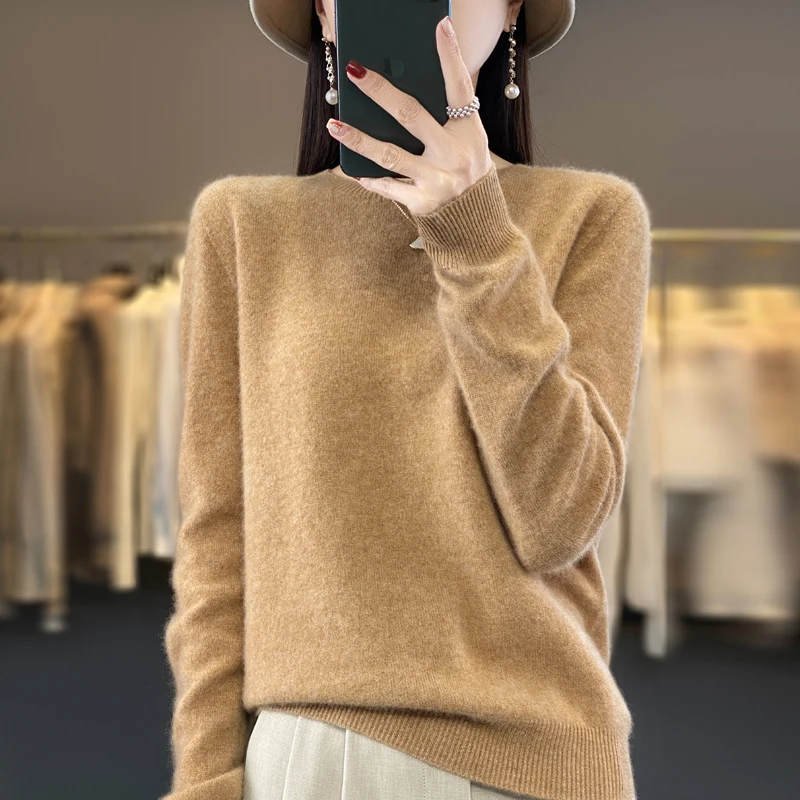
Crafting Your 9-Item Mini-Capsule (3-3-3 Approach)
Creating an effective mini-capsule requires strategic selection of each piece. Here’s how to build a versatile 9-item collection:
1. Selecting Your Core Pieces
For tops, consider:
* A classic white or neutral button-down shirt
* A versatile t-shirt or shell in a flattering color
* A layering piece like a cardigan or lightweight sweater
For bottoms, aim for:
* A well-fitted pair of jeans or pants in a neutral color
* A dressier option like trousers or a skirt
* A casual alternative like chinos or a different denim wash
For shoes, include:
* Comfortable walking shoes or stylish sneakers
* Versatile flats or loafers for business casual settings
* A dressier option like boots or heels
2. Creating a Color Coherence Strategy
Work with a limited palette to ensure everything mixes and matches. For example:
* Base neutrals: navy, black, gray, or beige
* Secondary neutrals: white or cream
* Accent color: burgundy, forest green, or mustard
When each piece works with every other piece, your nine items truly deliver 27 unique combinations.
3. Outfit Combination Possibilities
| Tops↓ / Bottoms→ | Bottom 1 (Jeans) | Bottom 2 (Trousers) | Bottom 3 (Skirt) |
|---|---|---|---|
| Top 1 (Button-down) | Casual with sneakers | Business with loafers | Feminine with heels |
| Top 2 (T-shirt) | Weekend with sneakers | Modern casual with loafers | Casual chic with heels |
| Top 3 (Sweater) | Cozy casual with sneakers | Polished with loafers | Sophisticated with heels |
Pro tip: Take photos of all combinations to create a visual reference guide. This eliminates guesswork when planning outfits and reveals combinations you might not have considered.
Maximizing Your Limited Wardrobe with Accessories
Accessories transform a minimalist wardrobe from basic to brilliant without expanding your core item count. They’re the secret weapon of the 3-3-3 approach:
The Power of the “Third Piece”
Styling experts often refer to the “third piece rule”—beyond your top and bottom, adding a third element instantly elevates your look. This could be:
* A structured blazer
* A statement necklace
* A patterned scarf
* A vest or womens cashmere cardigans for layering
Strategic Accessory Selection
When accessories must count within your 33 items (for Project 333) or are added to your 9-item capsule, choose wisely:
* Multi-functional pieces (a scarf that works as a belt or hair accessory)
* Items that create significant visual change (statement earrings versus subtle studs)
* Pieces that work across different contexts (casual to formal)
Quality Over Quantity
One exceptionally well-made scarf in a premium material like cashmere will elevate multiple outfits more effectively than several cheaper alternatives. This quality-first approach aligns perfectly with minimalist wardrobe philosophy.
Consider how a single high-quality cashmere scarf can transform three basic outfits:
* With jeans and a t-shirt: casual sophistication
* With a dress: elegant finishing touch
* With a blazer: professional polish
This multiplicative effect is why accessories deserve careful consideration in any minimalist wardrobe system.
Season-to-Season Transitions with the 3-3-3 Rule
One common concern about minimalist wardrobes is handling seasonal changes. Here’s how to navigate transitions smoothly:
Core Year-Round Pieces
Start by identifying truly season-spanning items:
* Well-fitted jeans
* Button-down shirts
* Lightweight cashmere sweaters (surprisingly versatile across seasons)
* Classic blazers
Seasonal Swap Strategy
When transitioning between seasons:
1. Retain 50-60% of your current capsule
2. Store weather-inappropriate items
3. Introduce new seasonal pieces
4. Reevaluate color palette for seasonal appropriateness
Transitional Weather Solutions
For those in-between periods:
* Layering pieces are essential
* Opt for mid-weight fabrics that can work across temperature ranges
* Consider convertible items (roll-sleeve shirts, pants that can be cuffed)
Planning Seasonal Swaps in Advance
Prepare your next-season capsule before you need it:
* Schedule a “capsule preview” day two weeks before the season changes
* Check stored items for any repairs needed
* Clean and prepare all incoming pieces
* Take photos of new outfit combinations
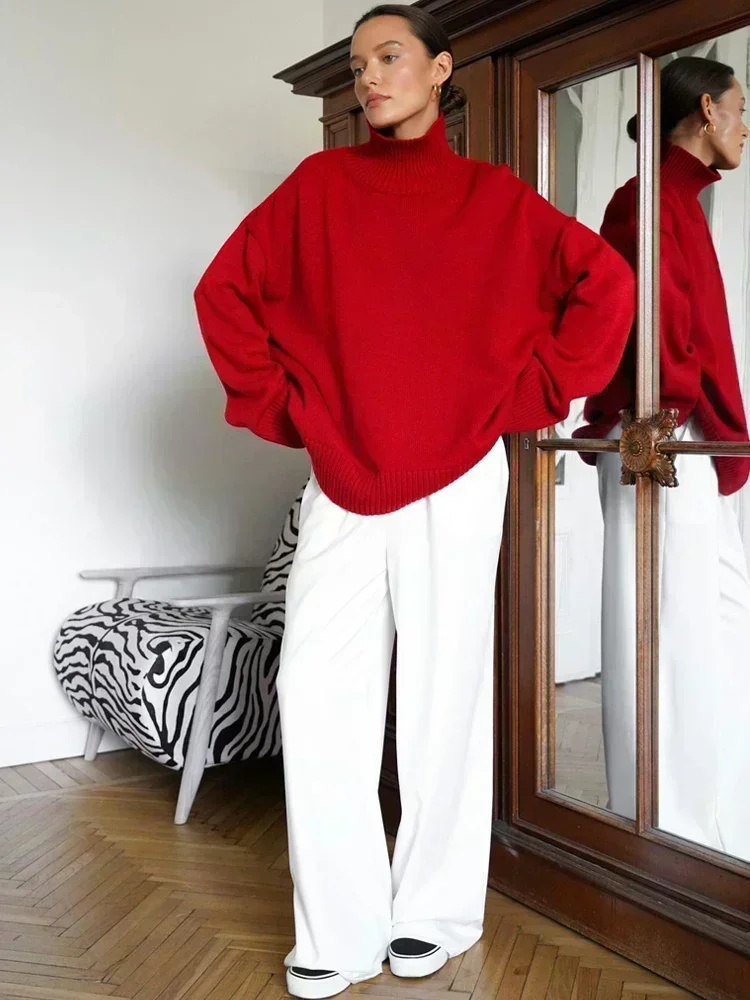
Common Challenges and Practical Solutions
Even the most committed minimalists face challenges. Here are solutions to common 3-3-3 wardrobe dilemmas:
Special Occasion Dilemmas
Challenge: A wedding invitation arrives, but formal attire isn’t in your 33.
Solution: Project 333 allows special occasion exceptions. Alternatively, consider:
* Borrowing from a similar-sized friend
* Renting for truly one-time events
* Investing in one versatile formal piece that can be transformed with accessories
Weather Extremes
Challenge: Unexpected heat wave or cold snap throws off your capsule.
Solution: Create a small “weather emergency” box with 2-3 items for extreme conditions:
* For heat: lightweight, breathable options
* For cold: extra-warm layers that can be added without disrupting your capsule
* Focus on functional needs during these periods rather than fashion variety
Style Boredom
Challenge: By month two, you’re tired of your options.
Solution:
* Try the “backwards hanger” trick to identify combinations you haven’t worn
* Challenge yourself to style familiar pieces in new ways
* Experiment with different jewelry or accessory combinations
* Create a Pinterest board of inspiration using similar items to yours
Size Fluctuations
Challenge: Weight changes make some items uncomfortable.
Solution:
* Include at least a few items with flexible fit (wrap styles, stretchy fabrics)
* If significant changes occur, it’s acceptable to swap uncomfortable items—the goal is confidence, not suffering
* Focus on how clothes make you feel rather than strict adherence to rules
Remember that minimalist fashion challenges are tools for your benefit, not rigid restrictions that should cause stress.
Cashmere Wrap Sweaters, Women's Cashmere Pullovers
$75.89 Select options This product has multiple variants. The options may be chosen on the product pageCashmere Cable Knit Sweaters, Women's Cashmere Pullovers
Price range: $111.82 through $112.93 Select options This product has multiple variants. The options may be chosen on the product pageCropped Cashmere Sweaters, Women's Cashmere Pullovers
$155.77 Select options This product has multiple variants. The options may be chosen on the product pageOversized Cashmere Sweaters, Plus Size Cashmere Sweaters, Women's V-Neck Cashmere Sweaters
$136.87 Select options This product has multiple variants. The options may be chosen on the product page- Price range: $108.11 through $130.03 Select options This product has multiple variants. The options may be chosen on the product page
Striped Cashmere Sweaters, Women's Cashmere Pullovers
$139.68 Select options This product has multiple variants. The options may be chosen on the product page
Quality Over Quantity: Investing in Foundational Pieces
The success of any 3-3-3 wardrobe hinges on the quality of each piece. When you’re relying on just 9 or 33 items, each garment must perform exceptionally well:
The Economics of Quality
Higher-quality garments often come with higher price tags, but the cost-per-wear calculation reveals their true value:
- A $30 fast-fashion shirt worn 10 times before pilling = $3 per wear
- A $150 quality shirt worn 100+ times = $1.50 or less per wear
Beyond the financial benefit, quality pieces deliver better fit, more comfort, and a more polished appearance.
Quality Indicators to Look For:
* Natural fibers or premium blends
* Tight, even stitching with no loose threads
* Pattern matching at seams
* Substantial feel to the fabric
* Lined garments where appropriate
* Finished seams that won’t fray
* Buttons securely attached with reinforcement
Premium Materials in a Minimalist Wardrobe
Certain materials offer exceptional versatility and longevity. Cashmere turtlenecks, for example, can be layered in winter or worn alone during transitional seasons, making them ideal for minimalist wardrobes. Their temperature-regulating properties and resistance to odors mean they require less frequent washing—another benefit for heavily-worn capsule items.
Care for Longevity
Quality investment requires proper maintenance:
* Follow care instructions precisely
* Clean items appropriately but not excessively
* Address small repairs immediately
* Store properly when not in season
When each piece in your wardrobe is thoughtfully selected and properly maintained, you need fewer items overall to meet your needs.
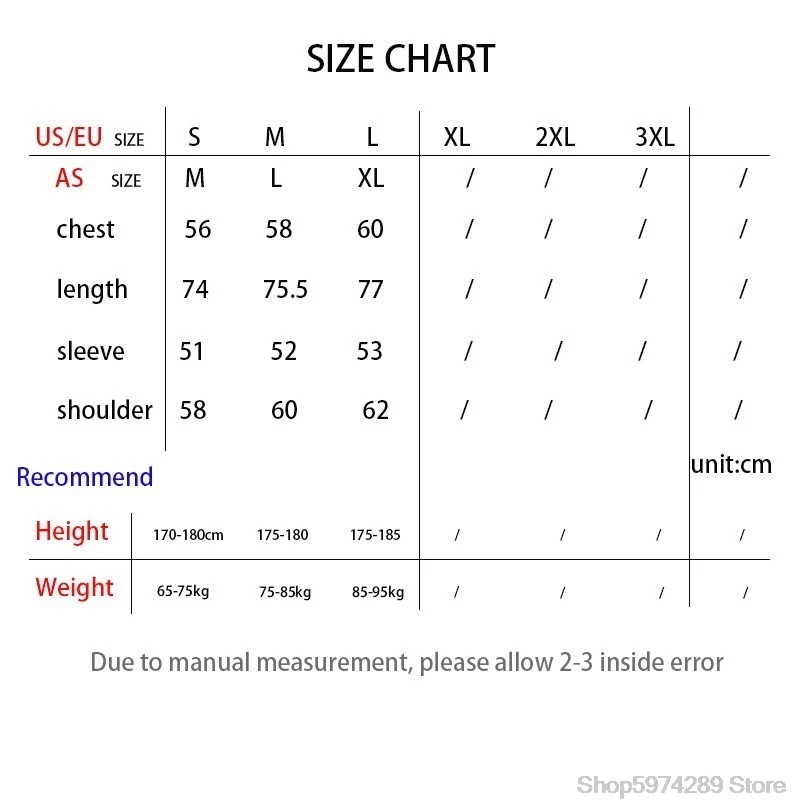
Beyond the Challenge: Creating a Lasting Intentional Wardrobe
The real value of the 3-3-3 rule extends far beyond a temporary challenge—it can permanently transform your relationship with clothing and consumption:
From Challenge to Lifestyle
As the initial 3-month period ends, consider these transition strategies:
* Gradually reintroduce stored items only if they align with your refined style
* Implement a one-week waiting period before adding any “missed” items back
* Document insights about what you truly needed versus what you never missed
Ongoing Wardrobe Curation Habits
Develop these practices for long-term success:
* Seasonal reviews to assess wear patterns
* The “one in, one out” policy—for each new acquisition, remove something
* Regular purging of items that haven’t been worn in 12 months
* Quality checks of existing pieces for repairs or replacement needs
Personal Shopping Guidelines
Create your own purchasing framework:
* 24-hour minimum consideration period for non-essential purchases
* A consistent set of questions before buying: “Does it match 3+ items I own?” “Can I wear it in multiple settings?” “Is the quality worth the price?”
* Shopping with a specific list rather than browsing
Many who complete Project 333 or the 9-item challenge discover they prefer their simplified wardrobe and continue with a slightly modified system indefinitely. The build timeless cashmere capsule approach pairs perfectly with this philosophy, focusing on enduring quality rather than fleeting trends.
Is the 3-3-3 Rule Right for Everyone?
While the 3-3-3 approach offers numerous benefits, it’s important to recognize that no single system works for everyone. Consider these adaptations for different needs:
For Parents
The realities of spills, stains, and constant laundry may necessitate more items in rotation. Consider:
* A modified 40/4/4 approach (40 items for 4 months with 4 swaps allowed)
* Separating “parenting clothes” from your main wardrobe
* Focusing on durability and washability for core pieces
For Specific Professional Requirements
Some careers demand more varied wardrobes:
* Healthcare workers might need multiple scrub sets outside their personal 33
* Those with formal dress codes might expand the “work” category while minimizing casual options
* Creative professionals might adapt the rules to accommodate self-expression needs
Finding Your Personal Sweet Spot
The numbers themselves (33 items or 3-3-3) matter less than the principles:
* Intentional selection
* Understanding your true needs versus wants
* Quality over quantity
* Reduced decision fatigue
Many find their ideal wardrobe size falls between 40-50 items per season rather than 33, while others discover they prefer even fewer than the challenge suggests. The oversized cashmere sweaters that offer versatile styling options represent the kind of multi-functional pieces that work well in any wardrobe system.
The most successful approach is the one you can maintain consistently while meeting your needs and honoring your values.
Conclusion: Embracing the Freedom of Less
Whether you choose Project 333 with its 33 items for 3 months or the micro-capsule approach of 3 tops, 3 bottoms, and 3 shoes, the 3-3-3 rule offers a pathway to wardrobe simplicity and mental clarity. By focusing on versatility, quality, and intentionality, you transform daily dressing from a source of stress to a streamlined routine.
Remember that the goal isn’t perfection or rigidity, but rather discovering what “enough” looks like for you. The freedom found in constraints often surprises those who embrace this approach—fewer options can lead to greater satisfaction and style clarity.
Consider starting with a two-week experiment using just a portion of your wardrobe. Notice how it affects your morning routine, your laundry habits, and most importantly, how you feel about yourself and your choices. Small steps toward intentionality often lead to broader lifestyle shifts.
The quality-focused philosophy that underpins the 3-3-3 approach aligns perfectly with investing in timeless pieces like womens cashmere pullovers that transcend seasonal trends. When every item in your wardrobe truly deserves its place, you need far fewer things to feel completely dressed.

